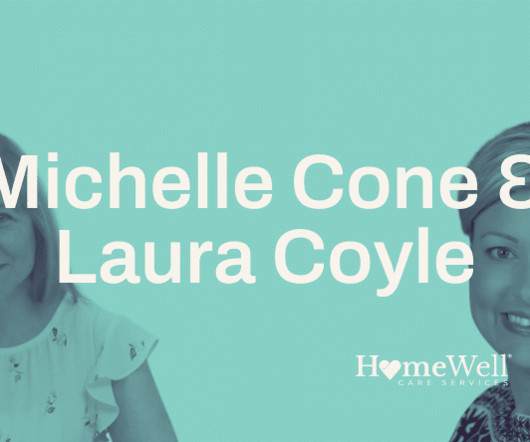Medicare Claims for Unrelated Services Put Hospices at Risk
Hospice News
AUGUST 17, 2022
Medicare claims for unrelated services creates serious financial and legal risks for hospice providers — even if they are not the ones who sent the bill. During recent years, payouts for non-hospice services provided to Medicare beneficiaries have tipped into the billions. These “unrelated” payments have been soaring.












Let's personalize your content